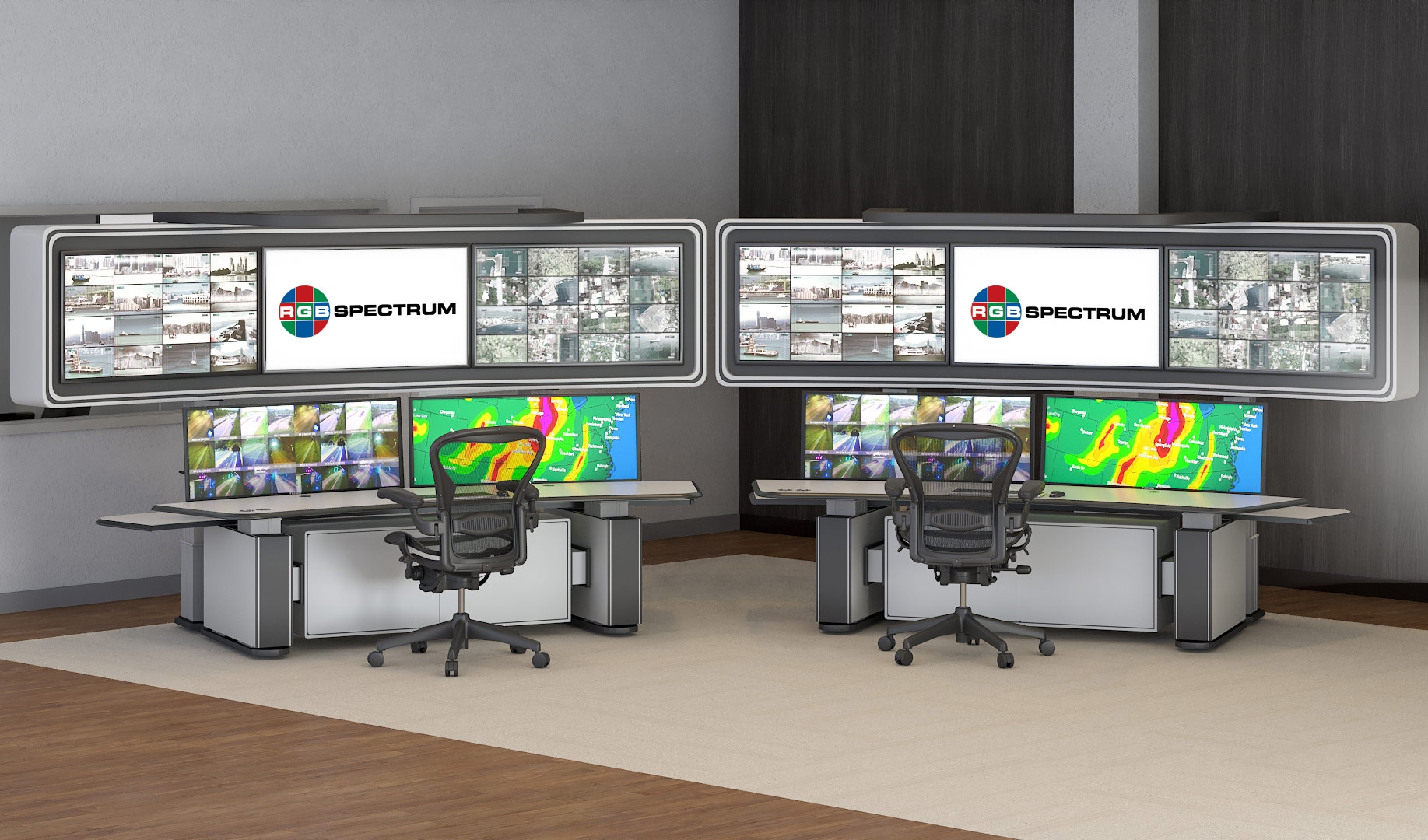Visual Technology Tutorial, Part 1: Video Signal Types
This is Part 1 of a video processing technology training series extracted from RGB Spectrum's Design Guide.
Effective video resource management requires the integration of many different underlying technologies working together to provide users with the best possible experience of a given application. Many of these technologies have evolved from those used in the early days of television broadcasting. Others, such as the compression methods used for streaming video over networks, are relatively new and continually evolving.
The following sections provide a detailed overview of some basic technologies related to the processing and transmission of graphics and video, and offer a context for understanding the unique benefits offered by RGB Spectrum’s range of products.
Video Signal Types
Analog
A color analog video signal contains information about luminance (Y) and chrominance (C ). When these parameters are combined into one channel, it is called composite video. Composite, which used to be the most common type of video signal in consumer video equipment, is typically delivered over a single cable with a yellow RCA-type connector. Analog video may also be carried over separate wires in a cable, i.e. two channel S-Video (Y/C) and three, four and five channel component video formats. S-Video produces a slightly better image than composite, but component video provides the best possible analog image quality.
The most common type of component signal separates a video signal into three components. For the analog output of many devices, the three components are red, green, and blue signals. On computers and display devices, RGB signals are most often carried on 15-pin VGA-type connectors. Component can also represent the video signal as one luminance signal (Y) and two color difference signals (often called Pb and Pr). On some video devices, component YPbPr signals are carried by cables that terminate with three RCA or BNC connectors. The composite sync signal is carried on the luminance (Y) signal.
Audiovisual systems typically consist of a combination of analog and digital signals, and many legacy systems have only analog outputs. For this reason, most of RGB Spectrum’s products include the option of analog input cards, which enable analog signals to be processed and distributed.
Digital
Digital video consists of a series of bitmap digital images (or frames) displayed in rapid succession at a constant rate. The rate at which these frames are displayed conveys the sense of motion, and is measured in frames per second (FPS), or cycles per second (Hz). The minimum frame rate to achieve the illusion of motion is about 24 frames per second.
Each frame comprises a matrix of picture elements (or pixels). The color of a pixel is represented by a fixed number of bits of data. The more bits, the more subtle color variations can be reproduced. This is called the color depth of the video. Computers typically store and transmit color with 8 bits of data for each of the three R, G, and B components; this is known as 24-bit color, also called True Color. 8-bit color depth can produce 16.78 million colors. If more colors are needed, bit depths of 30 bits (1.073 billion colors), 36 bits (68.71 billion colors), and 48 bits (281.5 trillion colors) are also possible. A wider color range will result in color rendering that is more realistic.
RGB Spectrum is a leading designer and manufacturer of mission-critical, real-time audio-visual solutions for a civilian, government, and military client base. The company offers integrated hardware, software, and control systems to satisfy the most demanding requirements. Since 1987, RGB Spectrum has been dedicated to helping its customers achieve Better Decisions. Faster.™


